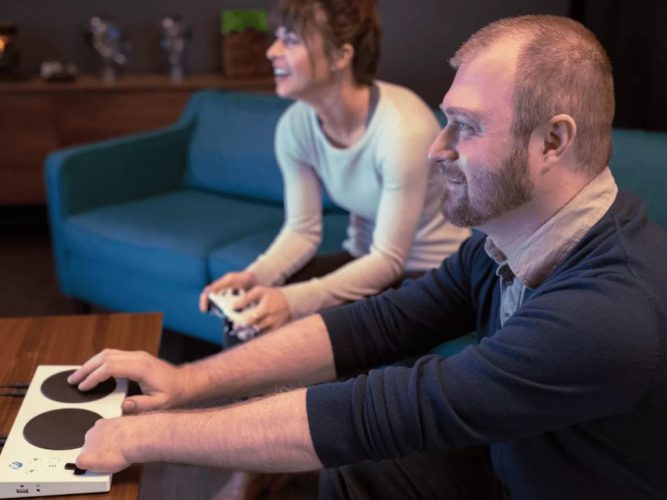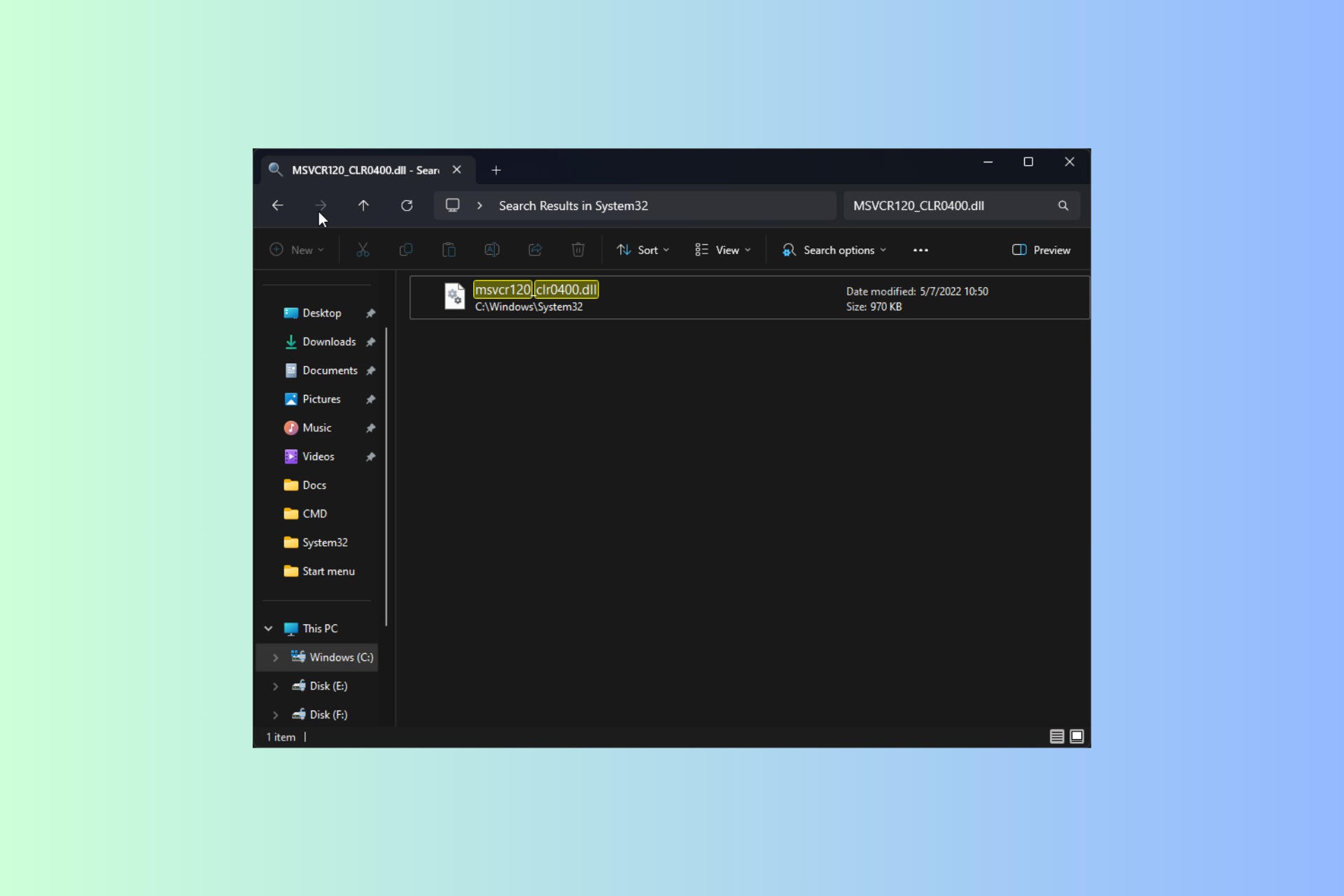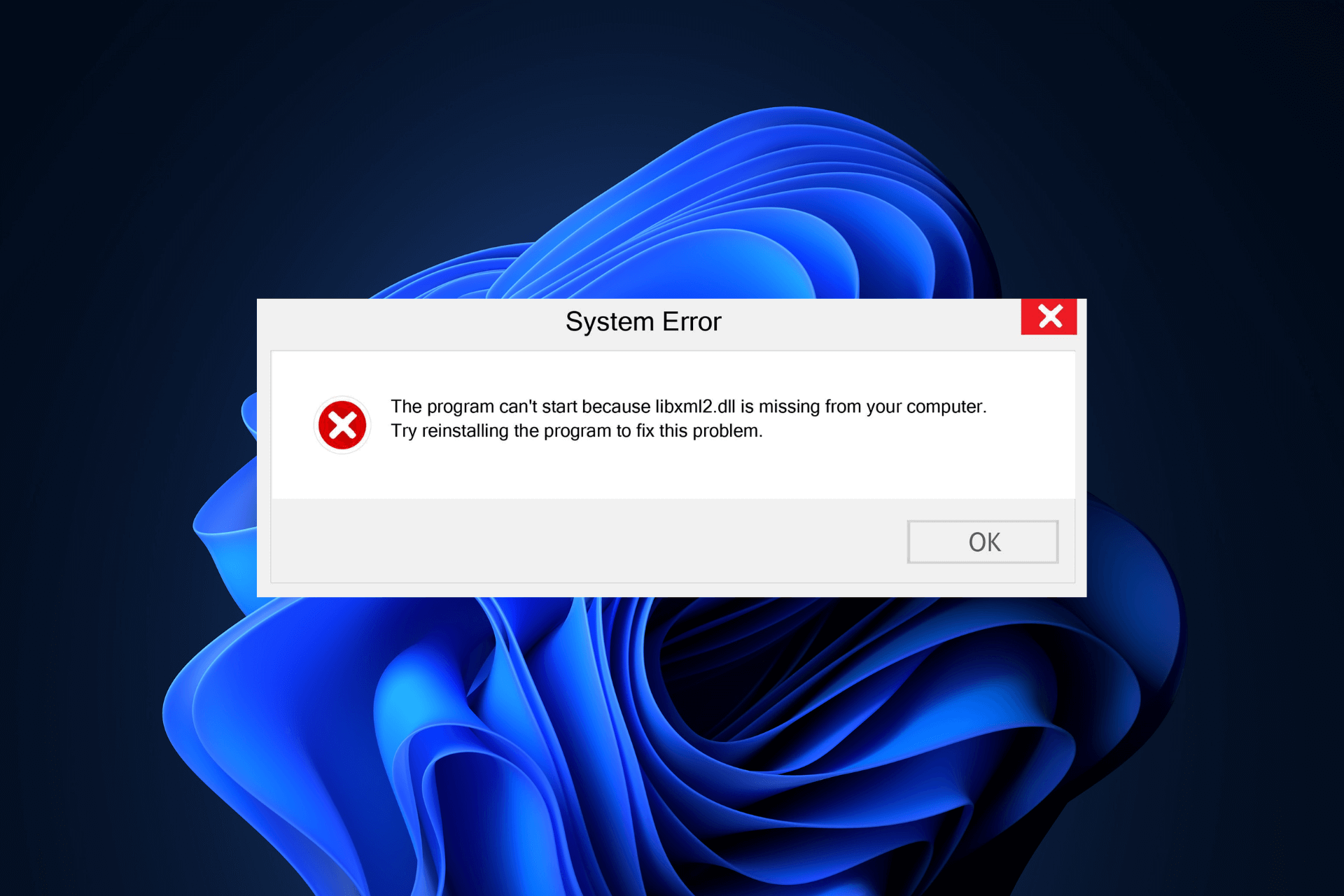Microsoft is now helping developers to make their Xbox and PC games more inclusive
3 min. read
Published on
Read our disclosure page to find out how can you help Windows Report sustain the editorial team Read more

Microsoft’s response to Sony’s first-party gaming line up out of the gate is arguably softer than some fans would like, however, its response to gamers’ accessibility needs at least feels strong and thoughtful.
Over the past few years, companies such as Microsoft, Apple, and Google have made public showings of their efforts to address inclusion, representation, and accessibility throughout their software and hardware experiences. In 2021, Microsoft is taking its accessibility efforts further by creating a uniform framework for its game developers to leverage when considering members of the Gaming & Disability Community.
At the end of January 2020, Microsoft and industry experts collaborated on the Xbox Accessibility Guidelines (XAGs) as a new “comprehensive set of best practices to support the gaming industry in driving accessibility efforts forward.”
Among the tenants of XAGs conception were improving guideline language, creating a succinct goal statement for developers, improving the overview sections with contextual information, high-level scoping developer questions, key areas to target, adding background and foundational info, and lastly, better implementing guidelines.
- Improved Language: The language used in the XAGs has been improved to ensure that guidelines are clear and easily understood. A focus on removing overly technical terms, or adding additional context to help readers understand terms, was a top priority.
- Clear “Goal”: Each XAG now has a succinct “goal” statement. Readers can more easily find XAGs relevant to their current work by quickly reading through goal statements.
- Improved Overview: To ensure that developers understand the importance of each XAG guideline, improved overview sections now provide key contextual information including a summary of the impact a XAG can have on gamers with disabilities as well as those facing situational impairments.
- Scoping Questions: High-level questions ask developers to identify whether certain elements are present in their game. This yes/no determination can help developers more easily identify which XAGs are key priorities to be focused on first.
- Key Areas to Target: Helps developers identify areas across their game experience that should be addressed when implementing XAG guidelines.
- Background and Foundational Info: As some XAGs are more complex than others, additional background and foundational information has been provided to help make certain XAGs easier to comprehend.
- Implementation Guideline examples: To help clarify guidelines that were difficult to understand, numerous examples (in the form of images and videos) have been created and aligned with various guidelines to demonstrate real-world examples of specific guidelines in action.
According to Microsoft’s Xbox team, the end result is, “Developers now have the option to send Microsoft their Xbox or PC title and have it analyzed and validated against the recommendations provided in the XAGs. Where issues are found, they are noted with reproduction steps, screenshots, and other information to help the developer understand what aspect of a given experience may be challenging for certain gamers with disabilities.”
Perhaps, even cooler than meeting Microsoft’s increasingly stringent requirements for accessibility is that developers now also have access to those who are part of the Disability Community of gamers as early testers. Through XAGs, every test pass now includes members of the Gaming & Disability Community as actual real-world experiences to test use cases against to get more accurate feedback regarding their game and its development.
Microsoft is making strides in crafting gaming experiences for as many fans as it can get to the platform, but in the end, it’s ultimately up to developers to provide the more meaningful and longer-lasting experiences to all fans of gaming, including those who rely on accessibility considerations.









User forum
0 messages